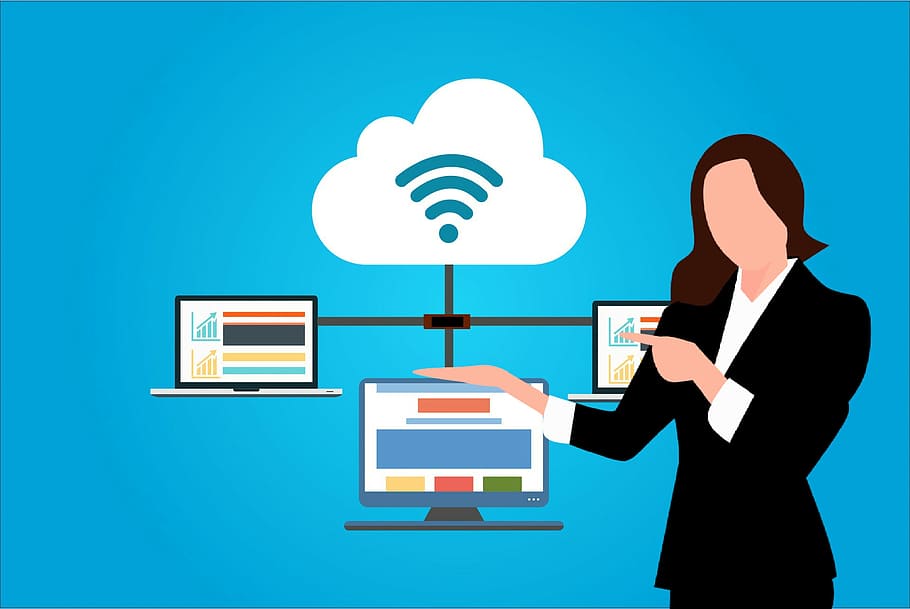
Marketing today is omnichannel, and marketers need a Complete View of Customer. Consumers interact with your brand across multiple touchpoints – email, social sites, website, SMS, push notifications, customer service, and stores. But it can be hard to track the customer journey across all those touchpoints when the data is in disparate systems. Having all that data and touchpoints interacting in a centralized location will help you see the richness of a holistic customer profile.
Marketers can act on this single customer view (SVC) by seamlessly executing omnichannel marketing. The customer profile’s data feedback loop ensures that interactions are up to date and relevant. The holistic data is used to personalize each customer interaction, and the customer’s response to that interaction is pulled back into the profile, informing further interactions. The customer profile is growing and developing along with the relationship to create the most up-to-date and relevant communications.
Collect and Use Data
With all customer data in one location, you can start to analyze your database holistically. The first step would be breaking the database into behavior-based segments – Prospects, First-Time Buyers, Repeat Buyers, and Lapsed Customers. Then you can start asking questions about your database – what percentage of my database are prospects? Lapsed? Which segments are growing, and which ones require more focus? Having all your customer data in a single view will give you the executive-level health of your overall database and provides clues about where you should spend the most resources.
To increase the lifetime value of each customer segment, you can set targeted Lifecycle campaigns. Start by analyzing how customers are being acquired and what they’re doing once they’ve purchased. Tactics that get prospective buyers to make a first purchase should be used to get even more prospects to convert. After the first purchase, create a Welcome campaign to help fill in the gaps in the customer profile, and then a Repurchase campaign to get customers to purchase again. After their second purchase, you should have enough data about which channel they prefer, which products they buy, and other behavior and demographic data that can be used to get them to purchase again and again to increase revenue.
Lifecycle Marketing
Now that you can see your customer segments, and you have seamless, omnichannel lifecycle campaigns in place, you will inevitably start to create Best Customers – the top 10% of your customers in terms of frequency, spend, and recency. These are your VIP customers, and they should be treated like it. With the single view of customer, there are plenty of ways you can do this.
One option is to surprise them with a single use promotion code or gift card that only they can use. You can send a direct mailer with that individual code, thanking them for their continued loyalty to the brand. If they haven’t used their code within 2 weeks, you can follow up with an email that has the exact same promo code. (It’s in the profile!) Two weeks later, the customer finally goes to use the promo code, but lost the direct mailer and the email. They could reach out to the call center and be prioritized first in line so the call center representative can look up their promo code. Using the single view of customer creates one synchronized, seamless experience.
Create the SVC
Creating the single view of customer is not an easy task – it requires buy-in from the key players, cooperation from all your partners, and a little bit of time to make the experience seamless from both a customer and organizational point of view. But a seamless, holistic customer experience, complete with lifecycle campaigns and advanced analytics, is well worth the investment!



